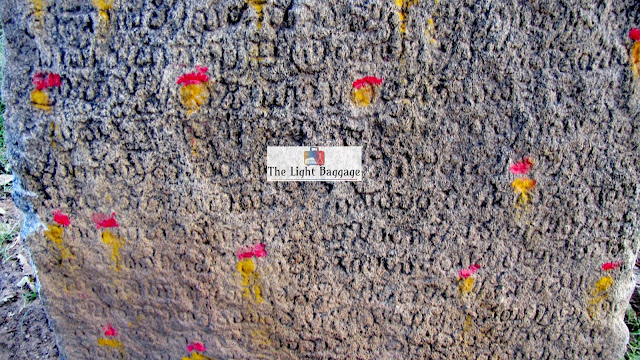Know your neighbourhood -9: Hebbal, Yelahanka, Chikkajala & Singapura

Overview: Yelahanka’s history goes parallel to Bengaluru’s past. After the Hoysala rule, Yelahanka was ruled by Hiriya Kempegowda, who later moved to Bengaluru to set up a new capital. Yelahanka Nadaprabhus, as the Kempegowdas were called were originally the Palegars of Yelahanka. The legend has it that once Kempegowda was out hunting, he saw a hare chasing a dog, and hence he was so amazed with this sight that he called the land as ‘Heroic Land’. The exact place however, coincides with Kodigehalli, north west of Hebbal. In fact, the adjoining village of Kodigehalli, which happens to be Kempegowda’s maternal home, was known as HaleBengaluru or ‘Old Bengaluru’. So he named his new capital as Bengaluru (This is one of the many theories, though not conclusively proven fact). An inscription at Kodigehalli records the gifting of the village Virupakshapura to the Someshwara temple at Shivanasamudra, which coincides with modern Hesaraghatta, on the occasion of a solar eclipse on 8-Aug-1431...


